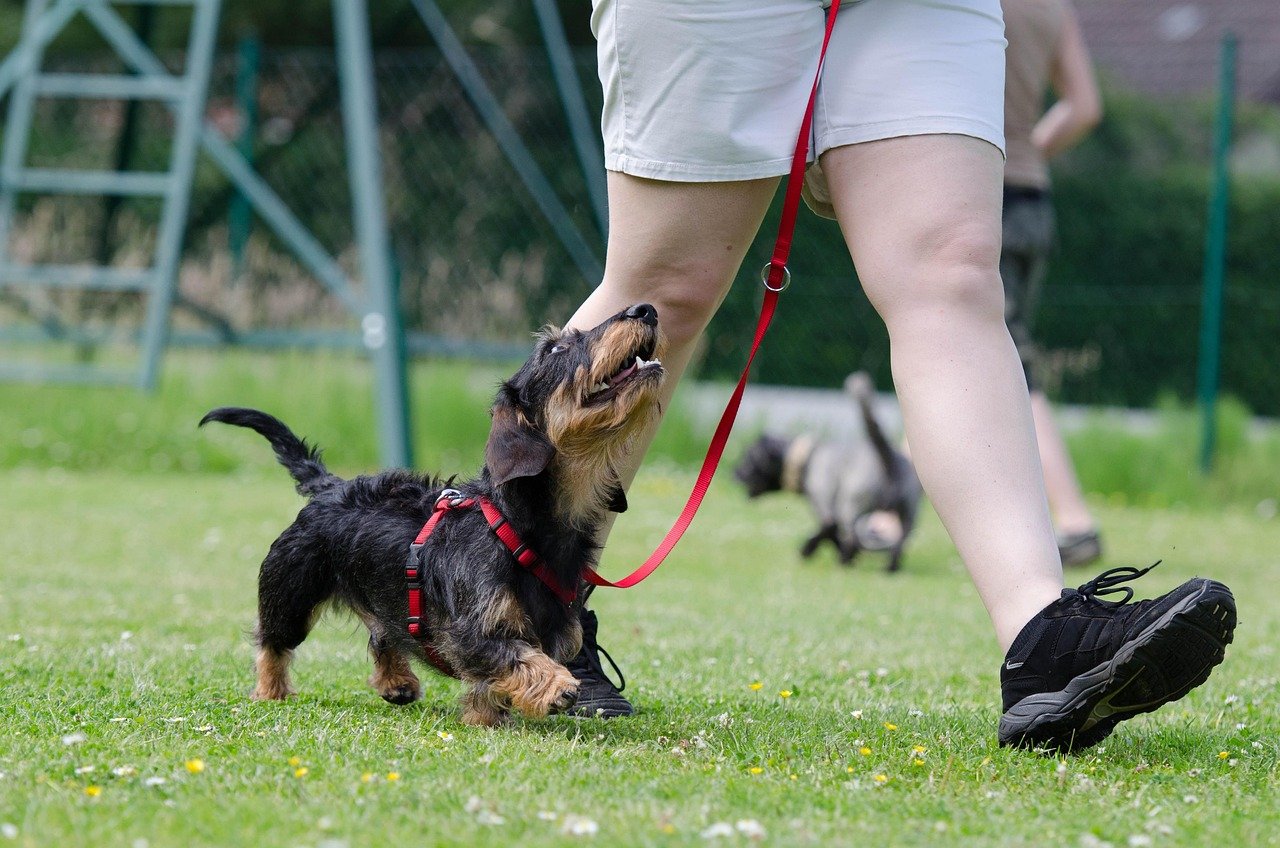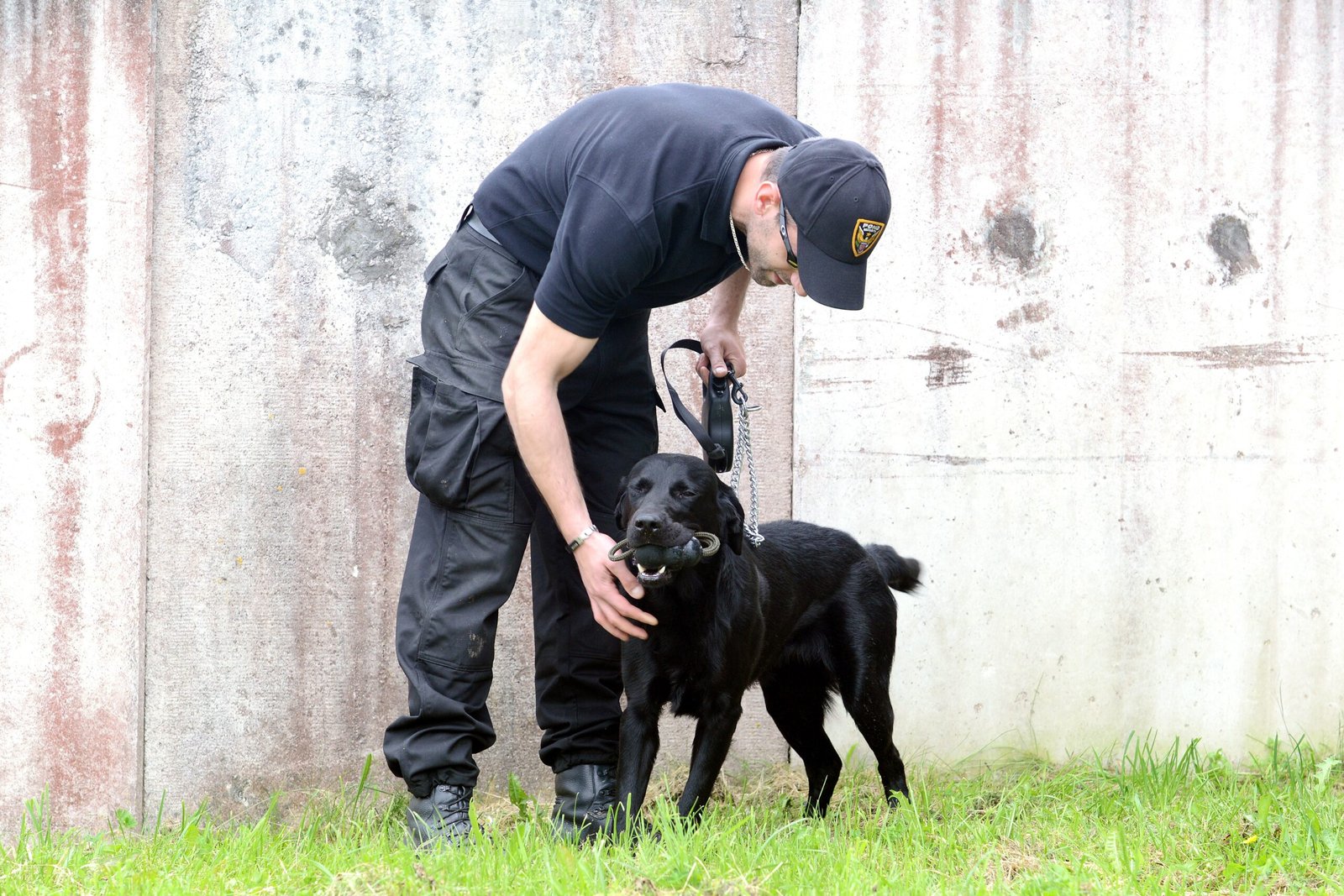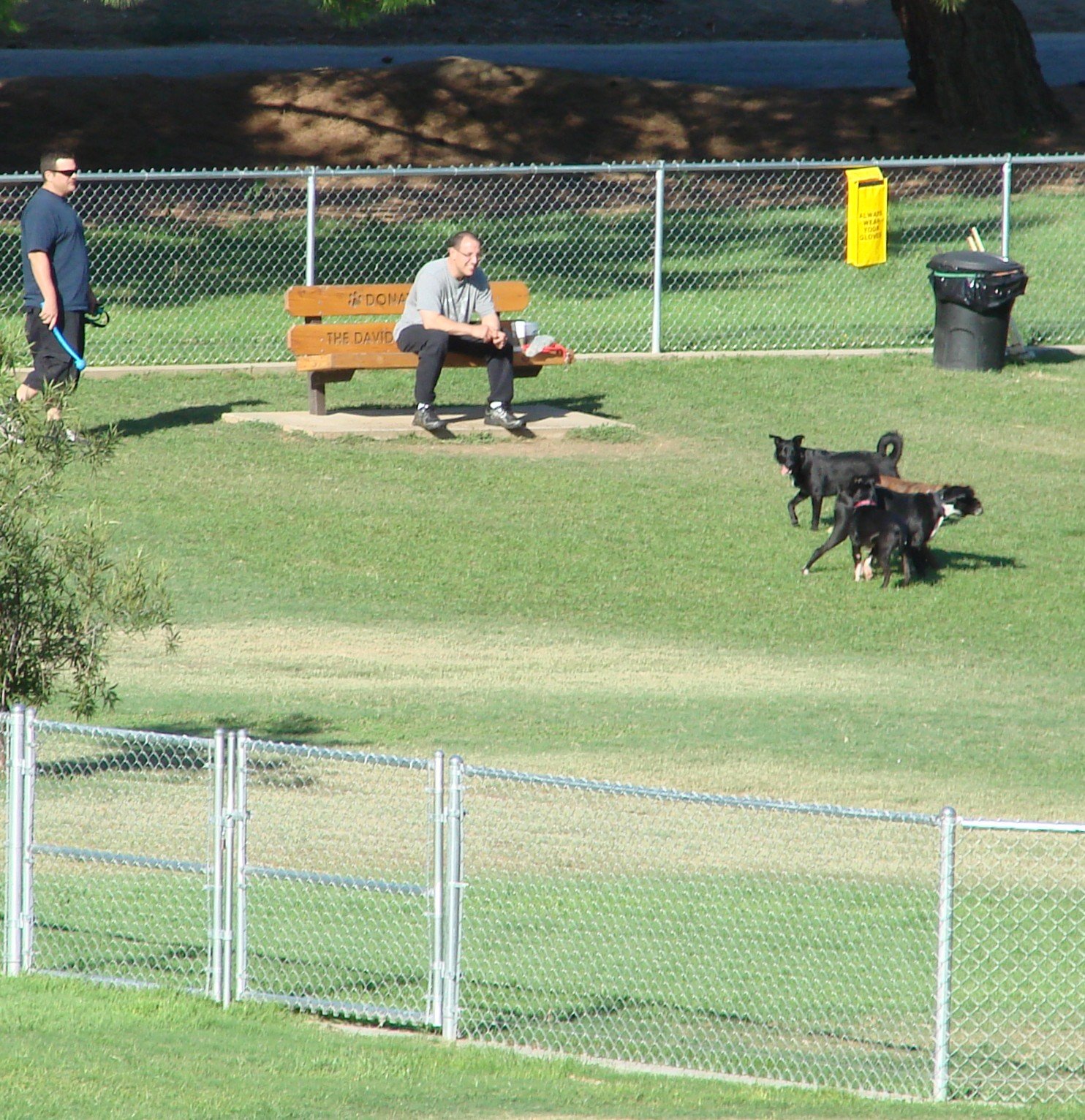Have you ever poured your heart into teaching your dog, only to watch them ignore your commands at the park or during a walk? It’s a scenario that frustrates countless loving owners every single day. The shocking truth is that most dog owners, even with the best intentions, fall into a simple yet critical training trap. This mistake can mean the difference between a well-behaved companion and a pooch who seems to forget every rule the moment you step outside. If you’re a dog lover who wants to build a stronger bond and actually enjoy the results of your hard work, you’ll want to know exactly what experts say you may be doing wrong. Prepare to rethink everything you thought you knew about training—are you making this all-too-common mistake?
The Most Overlooked Training Mistake: Inconsistency

Consistency is the backbone of successful training, yet it’s the one thing most dog owners stumble over. Dogs thrive on routine and clear expectations, but when commands or rules change from day to day, confusion sets in. Imagine if your boss changed your job description every week—wouldn’t you feel lost? That’s exactly how your dog feels when training isn’t consistent. For example, letting your dog jump on you sometimes, but scolding them at other times, sends mixed messages. This lack of clarity makes it almost impossible for your dog to understand what’s actually expected. The result? Frustration for both you and your furry friend. Experts agree: without consistency, even the smartest dog will struggle to learn. It’s a simple fix, but one that requires mindfulness and commitment every single day. The good news is, once you recognize this pitfall, you’re already on the path to better training outcomes.
Why Timing Matters More Than You Think

Timing is everything in dog training, yet many owners don’t realize how crucial it is. Dogs live in the moment, and their brains make lightning-fast associations. If you reward or correct your dog even a few seconds too late, they may not understand what they did right or wrong. Picture this: your dog sits, but you fumble for a treat and finally give it when they’ve already stood up. Instead of reinforcing the “sit,” you might actually be rewarding standing! Experts stress the importance of immediate feedback—ideally within one or two seconds of the behavior. This helps your dog make a clear connection between their action and your response. Practice quick, clear reactions during training sessions, and you’ll be amazed at how much faster your dog learns. Remember, a well-timed “yes!” or treat is worth more than a delayed reward or correction.
The Pitfalls of Using Only Treats as Rewards

Treats are powerful motivators, but relying on them exclusively can backfire. Many owners fall into the habit of reaching for a snack every time their dog obeys, but this can create a “treat-dependent” pup. Dogs may only listen when food is involved, ignoring commands at other times. Experts suggest mixing up your rewards to keep things fresh and unpredictable. Praise, petting, playtime, or even a favorite toy can be just as meaningful to your dog as a treat. By varying your rewards, you also help your dog learn to respond in different settings, not just during snack time. Over time, the goal is for your dog to perform commands for the joy of pleasing you, not just for something to chew on. This approach leads to a stronger bond and more reliable behavior, both at home and out in the world.
Unintentional Reinforcement of Bad Behaviors
It’s surprisingly easy to accidentally reinforce the very behaviors you’re trying to stop. For example, if your dog barks for attention and you respond—even by shouting “no!”—you might be giving them exactly what they want: your attention. Dogs quickly learn that certain actions get a reaction from you, and they’ll repeat them if they’re rewarded, even with negative attention. Experts recommend ignoring undesirable behaviors when safe to do so, and only rewarding the behaviors you want to see more of. This can feel counterintuitive at first, but it’s one of the most effective ways to shift your dog’s behavior over time. Try to catch your dog being good, and offer praise or affection at those moments. With patience, you’ll see the troublesome habits fade as your dog focuses on what actually earns your approval.
The Impact of Body Language and Tone
Dogs are masters at reading human body language and tone, sometimes picking up on cues we don’t even realize we’re giving. If you sound unsure or use a different posture every time you give a command, your dog may not take you seriously. For instance, a high, excited voice might get your dog hyped up rather than calm and focused. Experts suggest keeping your tone clear and your movements purposeful during training. Stand tall, use a confident voice, and maintain eye contact to convey authority. Think of yourself as your dog’s coach—your energy and presence set the tone for their behavior. When your body language and words match up, your dog is much more likely to understand and respond to your commands. This simple tweak can make training sessions smoother and more successful.
Neglecting Socialization During Training

Many owners focus on teaching commands at home but forget that real-life situations are full of distractions. Socialization—exposing your dog to different people, animals, and environments—is just as important as “sit” and “stay.” Without it, your dog may listen perfectly in your living room but become overwhelmed or disobedient in public. Experts recommend gradually introducing your dog to new sights, sounds, and experiences. This builds their confidence and helps them generalize commands beyond the comfort of home. Take walks in busy parks, visit pet-friendly stores, or invite friends over with their dogs. Every new experience is a training opportunity, helping your dog learn to focus on you no matter what’s happening around them. Socialization makes for a happier, more adaptable dog—and a more relaxed owner.
The Danger of Unrealistic Expectations
It’s natural to want quick results, but expecting too much, too soon can set both you and your dog up for disappointment. Training is a process, and every dog learns at their own pace. Some breeds or individual dogs may pick up commands in a day, while others need weeks or months. Getting frustrated or impatient can actually slow your dog’s progress, as they pick up on your stress. Experts advise breaking training into small, manageable steps and celebrating every little success. Focus on consistency and gradual improvement rather than perfection. Remember, even a stubborn dog can blossom with time, patience, and encouragement. The journey of training is just as important as the destination. Embrace the ups and downs, and you’ll build a stronger, more trusting relationship with your furry friend.
Ignoring the Importance of Mental and Physical Exercise
Training isn’t just about teaching commands—it’s about meeting your dog’s overall needs. A dog who’s bored or bursting with energy will struggle to focus, no matter how well you train. Many owners overlook the importance of daily exercise and mental stimulation, leading to restless, misbehaving pets. Experts recommend regular walks, playtime, and brain games to keep your dog engaged and content. Puzzle toys, scent games, or simple hide-and-seek can work wonders for mental sharpness. When your dog’s body and mind are satisfied, they’re much more receptive to learning and following commands. Think of exercise as the fuel that powers successful training. A tired dog is a happy, well-behaved dog—and a joy to train.
What would you have guessed is the number one mistake most dog owners make?

Born and bred in South Africa, a Capetonian at heart. Amy-Leigh’s love for nature and animals was inherited from her Dad. He loves taking the family on road trips to experience nature at its finest; Amy-Leigh’s favourite being whale watching in Hermanus and spotting Kudu along the West Coast. Amy-Leigh holds a BA in English Literature and Communication Studies.






